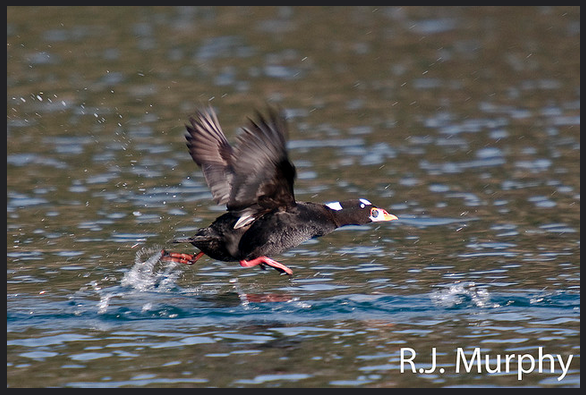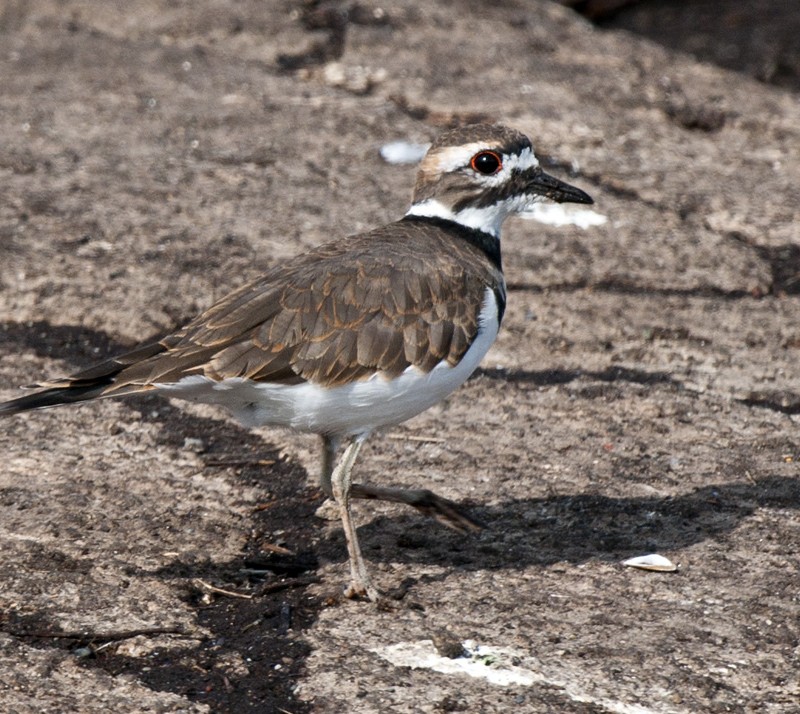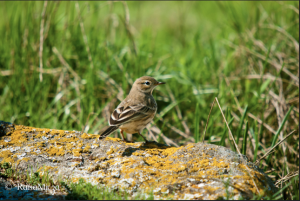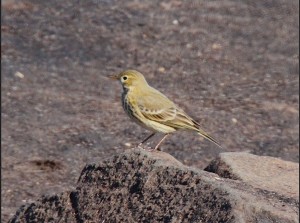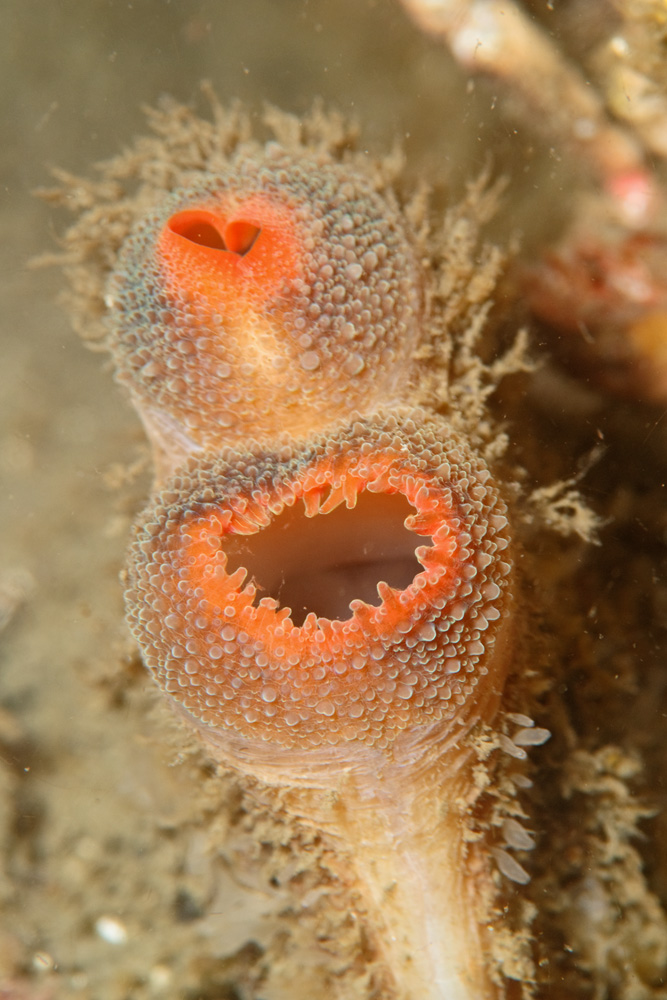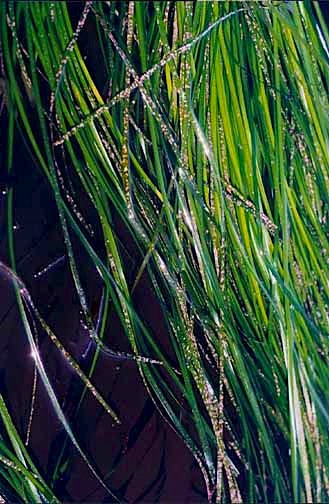 Melobesia mediocris or the seagrass crust is a pink coralline algae which grows as an epiphyte on the surfgrass Phyllospadix sp.
Melobesia mediocris or the seagrass crust is a pink coralline algae which grows as an epiphyte on the surfgrass Phyllospadix sp.
Kingdom: Plantae
Phylum: Rhodophyta
Class: Florideophyceae
Order: Corallinales
Family: Hapalidiaceae
Genus: Melobesia
species: mediocris
Other Rhodophytes or Red Algae at Race Rocks
 The Race Rocks taxonomy is a collaborative venture originally started with the Biology and Environmental Systems students of Lester Pearson College UWC. It now also has contributions added by Faculty, Staff, Volunteers and Observers on the remote control webcams.Garry Fletcher The Race Rocks taxonomy is a collaborative venture originally started with the Biology and Environmental Systems students of Lester Pearson College UWC. It now also has contributions added by Faculty, Staff, Volunteers and Observers on the remote control webcams.Garry Fletcher |











